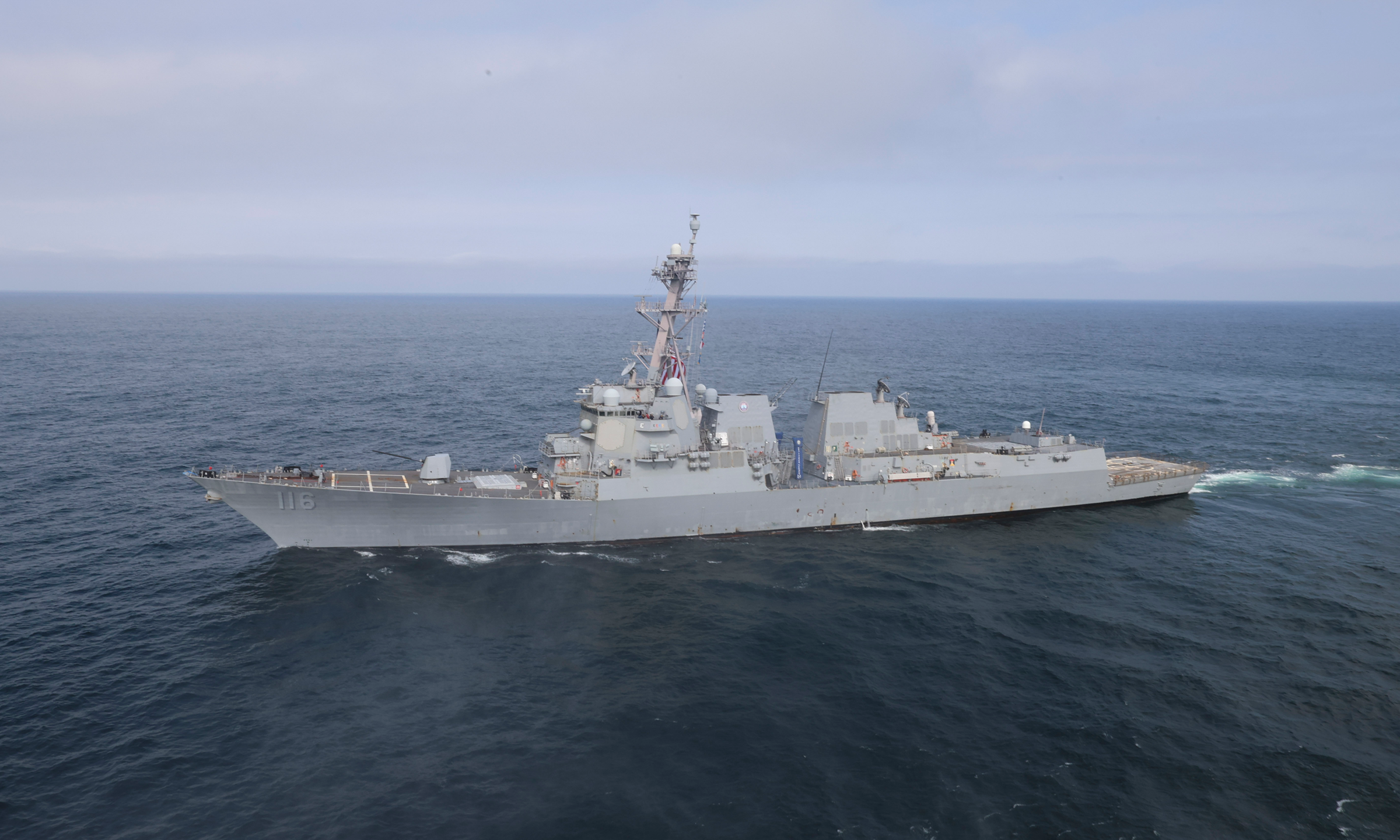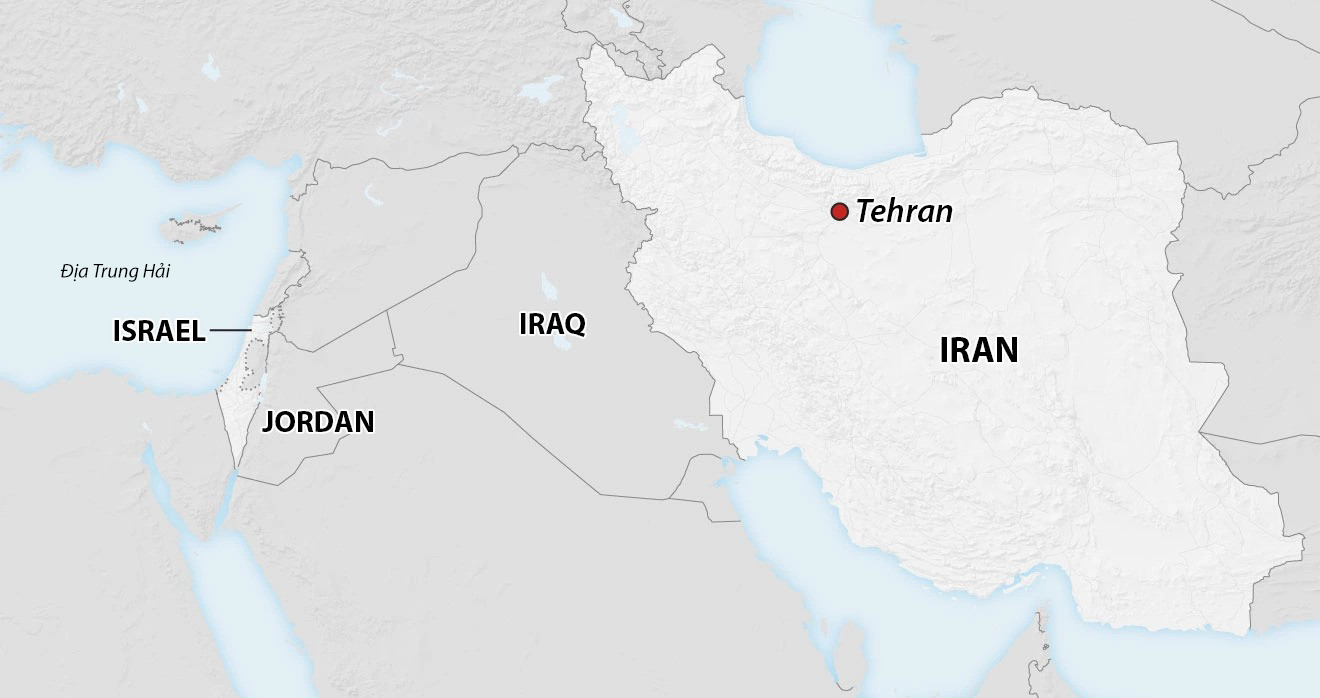The US 6th Fleet deployed five Arleigh Burke-class guided-missile destroyers to the eastern Mediterranean Sea to support Israel's defense against Iranian attacks and promote regional stability, the US Navy announced on 29/6.
These warships, including the USS Thomas Hudner, USS Arleigh Burke, USS The Sullivans, USS Oscar Austin, and USS Paul Ignatius, intercepted a series of Iranian ballistic missiles starting on 14/6. The US Navy did not disclose the type of air defense missiles used or the number of Iranian missiles intercepted.
US officials previously stated that US warships had assisted Israel in countering Iranian attacks during the 12-day conflict between the two countries. This is the first time Washington has confirmed intercepting targets.
US warships have previously fired numerous SM-3 air defense missiles to aid Israel's defense against two large-scale Iranian missile and drone attacks in April and October 2024.
 |
The USS Thomas Hudner in the Atlantic Ocean in May. Photo: US Navy |
The USS Thomas Hudner in the Atlantic Ocean in May. Photo: US Navy
The SM-3 missile is a vital component of the Aegis defense system on Arleigh Burke-class destroyers and Ticonderoga-class cruisers. This missile launches a kinetic kill vehicle to intercept short-to-long-range ballistic missiles during their midcourse phase. The cost of an SM-3 missile ranges from 10 to 30 million USD, depending on the version.
During a congressional hearing on 24/6, Admiral James Kilby, the acting chief of naval operations, stated that US warships are using SM-3 missiles "at an alarming rate."
Analysts have also warned that the US Navy's stockpile of SM-3 missiles in the Middle East is dwindling without sufficient replacements. This poses a significant challenge for Washington should conflict erupt in other regions.
The SM-3 is not the only missile the US Navy is using extensively in the Middle East. US warships have also fired hundreds of SM-2 and SM-6 missiles to defend against attacks by the Iranian-backed Houthi rebels in Yemen.
 |
Location of Iran, Israel, and the Mediterranean Sea. Graphic: CNN |
Location of Iran, Israel, and the Mediterranean Sea. Graphic: CNN
The conflict between Tel Aviv and Tehran began on the morning of 13/6 when the Israeli military launched preemptive airstrikes on military targets and nuclear facilities in Iran, citing the need to prevent Iran from developing nuclear weapons. Both sides exchanged attacks before reaching a ceasefire brokered by the US.
During the 12 days of fighting, Iran launched approximately 550 missiles and 1,000 suicide drones at Israel. Tel Aviv claimed to have intercepted most of the missiles, but 36 missiles penetrated Israeli defenses and landed in populated areas, resulting in 28 deaths.
Iran reported over 900 casualties, including many women and children, from Israeli airstrikes.
Pham Giang (Business Insider, Times of Israel)












